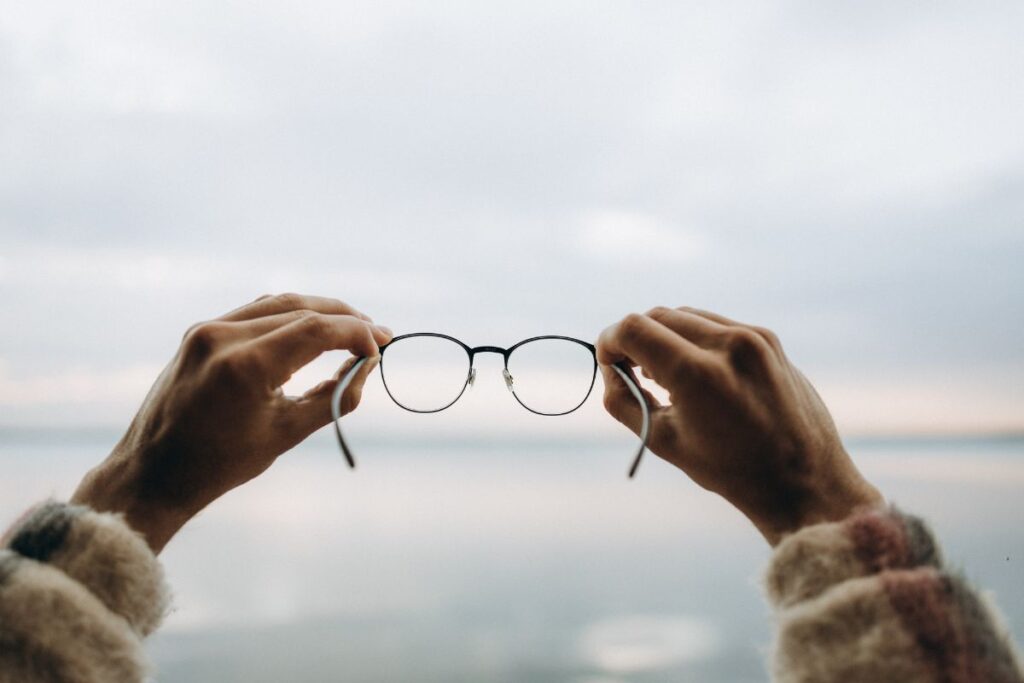Five Myths About Vision You Should Stop Believing!
There are plenty of myths and misconceptions about vision that have been passed down through generations. You’ve likely heard a few of them—from warnings about sitting too close to the TV to the idea that eating carrots will magically improve your eyesight. But how much of this common wisdom is actually true?
When it comes to your eye health, it’s important to separate fact from fiction. Here’s a look at five of the most common vision myths and the real truth behind them.
Myth 1: Wearing Glasses Will Make Your Vision Worse Over Time
Many people believe that wearing glasses weakens their eyes, making their natural vision deteriorate faster. However, this is completely false.
The truth: Glasses do not make your eyesight worse. Instead, they help your eyes focus light properly so you can see more clearly. If your prescription changes over time, it’s usually due to natural aging or changes in the shape of your eye—not because of wearing corrective lenses.
For example, as you get older, you may develop presbyopia, a normal age-related condition that makes it harder to focus on close-up objects. This has nothing to do with wearing glasses and everything to do with the natural aging process.
Myth 2: Eating Carrots Can Improve Your Eyesight
We’ve all been told to eat our carrots to keep our eyes sharp. But will munching on this crunchy vegetable really give you better vision?
The truth: While carrots contain vitamin A and beta-carotene, which are essential for maintaining healthy vision, eating them won’t actually improve your eyesight beyond what’s normal for you. Vitamin A helps prevent night blindness and supports overall eye health, but it doesn’t correct vision problems like nearsightedness or farsightedness.
Fun fact: A more powerful vision-boosting nutrient is zeaxanthin, an antioxidant that can improve visual function. It’s found in leafy greens like kale and spinach, as well as in colorful vegetables such as bell peppers. So instead of relying solely on carrots, aim for a balanced diet rich in a variety of nutrients to keep your eyes in top shape.
Myth 3: Sitting Too Close to the TV is Bad for Your Eyes
Parents have been telling their kids for decades that sitting too close to the television will damage their eyesight. But is there any truth to this?
The truth: There’s no scientific evidence that sitting close to a TV or computer screen will permanently harm your vision. However, it can cause temporary eye strain and discomfort.
If someone consistently sits very close to the screen, it might indicate an underlying vision issue like nearsightedness (myopia). If you or your child frequently do this, it’s a good idea to schedule an eye exam to rule out any refractive errors that might require correction.
Additionally, prolonged screen time can lead to digital eye strain, causing headaches, dry eyes, and blurred vision. To minimize discomfort, follow the 20-20-20 rule: Every 20 minutes, look at something 20 feet away for at least 20 seconds to give your eyes a break.
Myth 4: Reading in the Dark Will Make You Go Blind
Many of us have been warned that reading in dim lighting will cause permanent eye damage. But is this actually true?
The truth: Reading in low light won’t make you go blind, but it can cause temporary eye strain and fatigue. When lighting is poor, your eyes have to work harder to focus, which can lead to discomfort, headaches, and blurred vision.
To make reading easier on your eyes, ensure proper lighting by using a soft but bright reading lamp. If you find yourself struggling to see clearly even in good lighting, it might be time to have your prescription checked by an optometrist.
Myth 5: You Only Need Regular Eye Exams if You Wear Glasses
Many people assume that if they have perfect vision, they don’t need to see an eye doctor. But vision screenings alone don’t always catch underlying eye health issues.
The truth: Even if you have 20/20 vision, you should still get regular comprehensive eye exams. Many serious eye conditions, such as glaucoma, macular degeneration, and retinal detachment, can develop without obvious symptoms in the early stages. Regular check-ups help detect these issues before they progress and cause irreversible vision loss.
How often should you have an eye exam?
- Children & Teens (Under 18): Annually, as their vision can change rapidly.
- Adults (18-64): Every 1-2 years, depending on risk factors and symptoms.
- Seniors (65+): Yearly exams are recommended, as age-related eye conditions become more common.
- People with Diabetes or Eye Conditions: Annual exams (or as recommended by your optometrist) are essential for monitoring changes and preventing complications.
Eye Exams in Edmonton
At Optometrists’ Clinic Inc., we believe in proactive eye care. Our comprehensive eye exams assess everything from visual acuity to eye disease detection, ensuring that any potential problems are caught early.
When you visit one of our full-service eye care centres, you’ll have access to a team of professional optometrists, opticians, and eye doctors dedicated to your vision health. Whether you need glasses, contact lenses, or specialized eye care, we’ve got you covered.
Schedule an appointment today at one of our Edmonton, Westlock, or Leduc locations and let us help you protect your vision for years to come.




